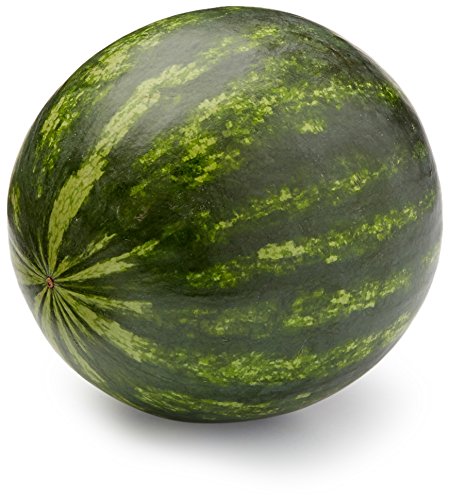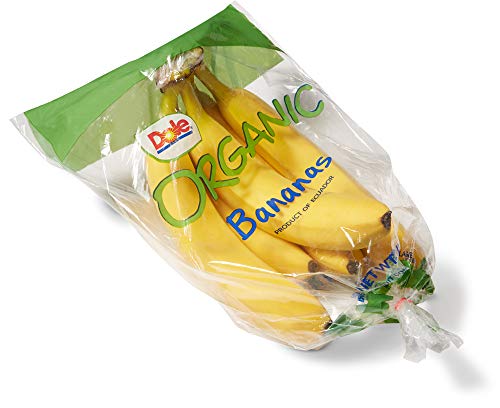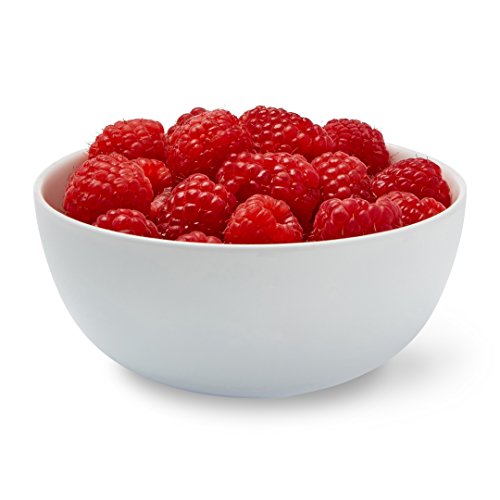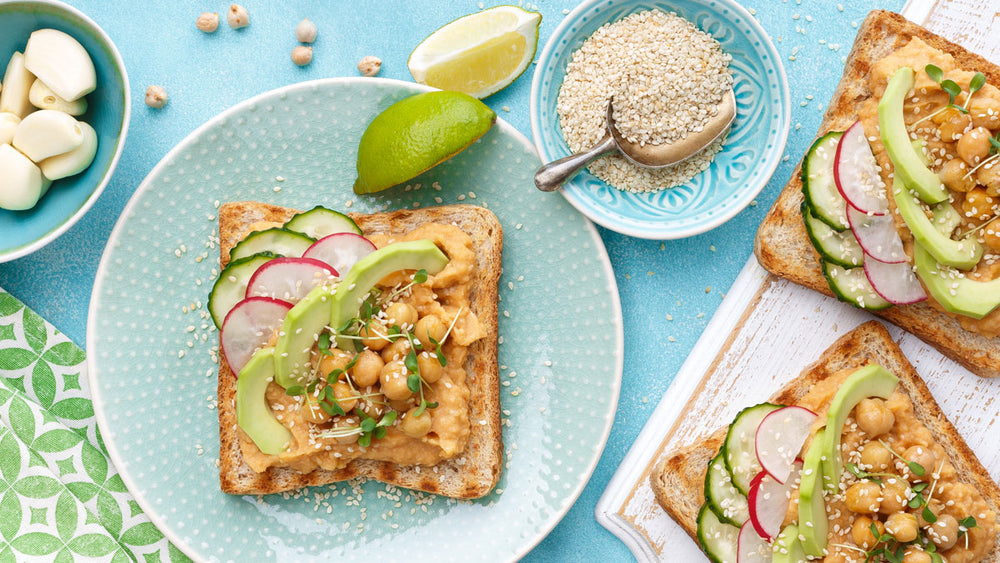The Juicing Dilemma: Separating Fact from Fiction
At Foodguides, we love evidence-based research and recommendations. Yet there is one topic I consistently fail to find much research on: juicing and juice diets. However, my years as a dietitian have helped me make an educated stance on juicing. Let me share my thoughts.
What is juicing? Juicing is a process, usually with the assistance of a machine, of extracting the liquid portion of fruits and vegetables in order to make them drinkable. In modern culture, the term juicing often refers to going on a juice-only diet for a certain number of meals or days. Proponents of juicing claim that it can help “detox” the liver, is the key to weight loss or prevents chronic disease. As a result, our grocery stores now carry a variety of juice products beyond the traditional orange juice, and specialty juice shops are popping up everywhere. I’m going to break down each of these claims.
Detox the Liver: Unmasking the Myth
The liver is a vital organ. Some of its primary functions include clearing the blood of medications and other substances, processing nutrients, producing bile, and breaking down some harmful substances for removal by the body. In other words, your liver is your body’s natural detoxing system. It is designed to do exactly what juicing claims to do. Unless you have liver disease, your liver is equipped to do its job without outside help. And even for an “unhealthy” liver, juicing is unlikely to have much impact, although keeping your liver healthy is a topic for another day. Not to mention, I haven’t seen any evidence-based human studies that show that the liver benefited from juicing diets.
Weight Loss: The Pitfalls of Juice Diets
Juicing is often heralded as a quick and easy solution to weight loss. It is said that part of the reason for this is that by cleansing the liver, your body can break down extra fat better. In truth, many people do lose weight on an all-juice diet. This is because when you replace food with juice, you are significantly cutting back on total calorie intake for the day, especially if you had excessive calorie intake as your baseline. However, these results are very temporary as they do not provide long-lasting behavior change.
In addition, a short-term, all-juice diet can leave you fatigued, affect bowel movements, and frankly, cause you to feel “hangry” and irritable. When followed in the long term, it can lead to both macronutrient and micronutrient deficiencies. For example, juices have little to no protein. Skipping out on protein can cause muscle loss and weaken your immune system, neither of which are ideal when trying to lose weight.
Chronic Disease Prevention: Juicing vs. Whole Foods
I’m a big fan of plant foods and their role in chronic disease prevention, specifically due to their content of phytonutrients and fiber. Juices can absolutely be a source of phytonutrients, but the juicing process leaves behind skin, pulp, or seeds that provide fiber. If you rely strictly on juice for fruit and vegetable intake, you’re unlikely to meet your fiber goals or provide your gut microbiome with the prebiotics needed to thrive. Inadequate fiber can lead to constipation, increase GERD episodes, and, in the long run, is associated with increased cancer risk. Fiber can also help stabilize blood sugar and lower cholesterol. In short, most people need more fiber, not less!
Juices in Moderation: A Dietitian’s Take
So, are juices all bad? No, absolutely not. When writing this, I have a bottle of juice in my fridge to sip on throughout the week. I believe that juice, instead of “juicing,” can be a great tool in your wellness tool belt. Juice can help satisfy a sweet tooth in a way that provides some micronutrients and allows you to increase hydration by giving variety to your beverage intake. If you struggle with a decreased appetite or difficulty chewing and swallowing, juice can be a great way to get extra calories and micronutrients with less effort than with solid foods. If you have been instructed to follow a low-fiber diet, juices can be one way to intake your produce.
To enjoy responsibly, the Dietary Guidelines for Americans recommends that at least half of your produce come in whole form, and juices should be 100% fruit or vegetable juice without added sugars. A serving size of juice is about 4oz, which is equal to about ½ cup of fruits or vegetables. Drink up!
- Liver: Anatomy and functions. Johns Hopkins Medicine. (2019, November 19). https://www.hopkinsmedicine.org/health/conditions-and-diseases/liver-anatomy-and-functions
- Current Dietary Guidelines. Dietary Guidelines for Americans, 2020-2025 and Online Materials | Dietary Guidelines for Americans. (2020, December). https://www.dietaryguidelines.gov/resources/2020-2025-dietary-guidelines-online-materials





















Comments
Join The Conversation...